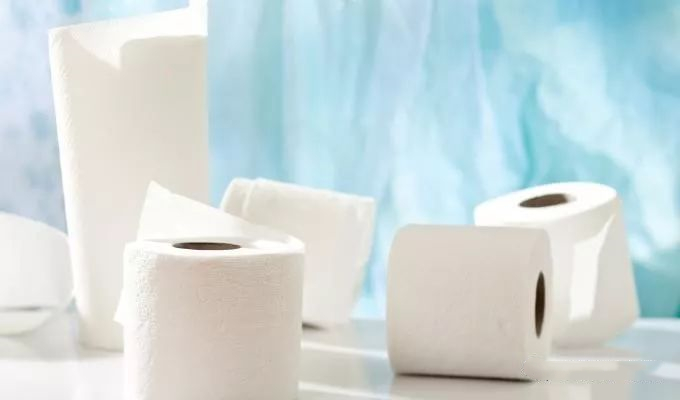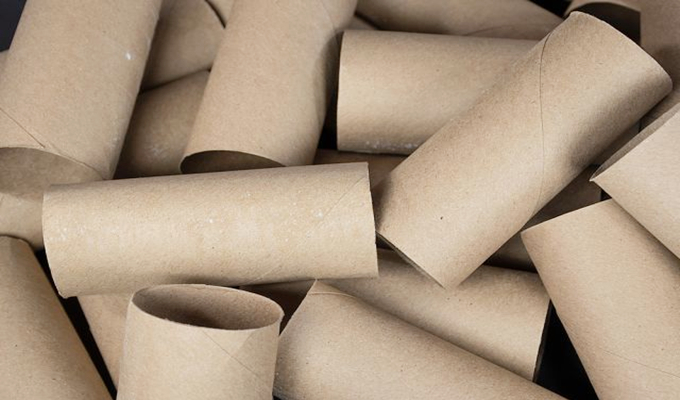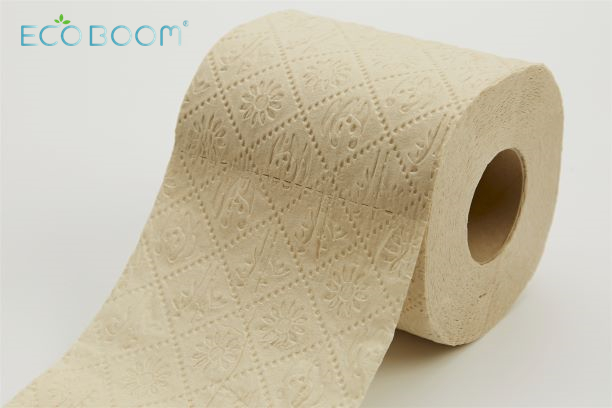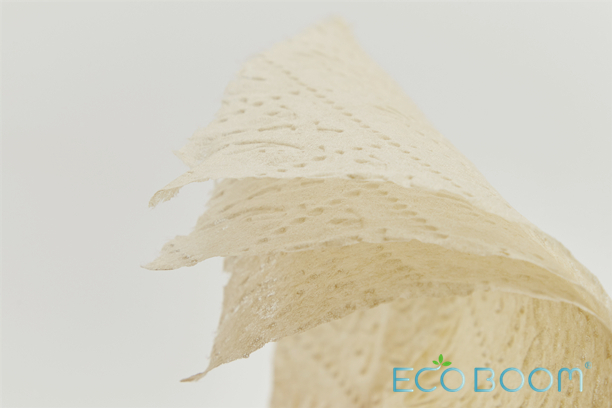There you are sitting in some department store’s public restroom, and you see two toilet paper options to choose from.
One is old fashioned hardwood tree toilet paper, and the other is certified, eco-friendly bamboo toilet paper. With the little that you know about both types of toilet paper, which one would you choose?
If you’d choose bamboo, then good for you. If you didn’t, or you don’t really care, consider these four reasons, next time you’re faced with such an odd predicament, on why bamboo toilet paper might be good not just for your bottom line, but for everyone’s.
Prevents Deforestation.
According to the United States’ Environmental Protection Agency, one hardwood tree produces about 100 pounds of toilet paper and about 83 million rolls are produced per day. Humans consume 27,000 trees daily to make toilet paper. With so many trees being cut down to make something so short lived as toilet paper, why not consider an alternative source such as bamboo, which grows back almost as quickly as it’s chopped down since it’s technically a grass not a hard wood.
The major brands of toilet paper, paper towels and paper towels in the United States only use virgin fiber wood pulp, and this wood pulp is mainly from ancient coniferous forests in Canada. According to two international environmental organizations, American uses three rolls of toilet paper a week on average, and major producers refuse to use alternative fibers. This is destroying Canadian forests and causing extensive environmental damage.
The Natural Resources Defense Council and the international non-profit environmental organization Stand.Earth jointly issued a report entitled "Tissue Problems", saying "Forests are precious and cannot be wasted." Both organizations have called for the use of alternative materials, including recycled wood Pulp, wheat straw and bamboo.
The report severely criticized the three largest tissue manufacturers in the United States:"These flagship household brands do not contain recyclable materials or alternative fibers, and none of the three companies have fulfilled their commitment to not damage the coniferous forest."
A more worrying environmental issue is that these trees are turned into wood pulp, then made into paper towels, and washed away along the toilet without recycling. The report refers to it as"a train from tree to toilet ".
Extensive use of virgin wood pulp paper towels is threatening the lives of Canadian aborigines, causing environmental damage, harming wildlife, and causing climate change. The report said, "The tissue products made from the tree’s virgin fiber pulp pose an obvious threat to the environment. ."
"When coniferous forests and other forests decrease, their ability to absorb greenhouse gases produced by humans declines. In addition, carbon stored in forest soils and plants will be released into the atmosphere, severely destroying global efforts to reduce greenhouse gas emissions. "
Reduces Paper Consumption.
American uses 50 pounds of tissue paper per year on average which is 50 % more than the average of western countries or Japan. The higher usage in America may be can explain by the fact that in many non-American countries people utilize bidets or spray hoses to clean themselves.
Using bamboo as an earth-friendly alternative would significantly reduce consumption of hardwood-made paper. “Bamboo is being hailed as a new super material, with uses ranging from textiles to construction,” writes the BBC in an article coinciding with its radio report Green Gold: The Bamboo Boom. It also has the potential to absorb large amounts of carbon dioxide, the biggest greenhouse gas, and provide some of the world’s poorest people with cash.
Americans consume 141 rolls of toilet paper a year, equivalent to nearly 3 rolls per week, accounting for the world's first consumption; the second is Germany, which consumes 134 rolls of toilet paper per person per year; in Asian countries, the Japanese consume 91 rolls of toilet paper, the Chinese consume 49 rolls per year.
Americans are among the best in the world in the use of rolled paper (not just toilet paper, but also toilet rolls and kitchen rolls). Global household roll paper consumption reached 12 billion U.S. dollars in 2017, while U.S. consumption accounted for 5.7 billion U.S. dollars. In other words, the amount of roll paper used by Americans in households is almost faster than the total roll paper consumption of other countries combined.
Stronger, Cooler, Softer.
Bamboo’s natural properties make it inherently stronger than hardwoods and is as strong as soft steel. It’s also cooler and softer to the touch, which is clearly
a positive benefit when it comes to toilet paper handling.
The bamboo fibers are rounder and longer, making our toilet tissues smoother and stronger. This means that our tissues are not only more environmentally friendly but also of better quality. As a herbaceous plant, bamboo can be regenerated from the roots to grow continuously, without fertilization and repeated planting.
The most important point is that bamboo can release 30% more oxygen than trees and absorb 35% more carbon dioxide than trees during its growth process.
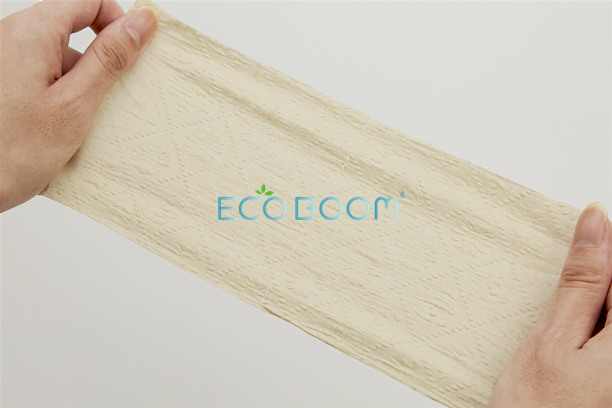
100% Bamboo Toilet Paper in 0% plastic packaging
Biodegrades Faster.
Bamboo is 100 % biodegradable. It’s like it melts right back into the earth, making for cleaner, safer soils. It’s easier on our landfills, better for dirt quality,
and doesn’t leave as many leftover, unusable byproducts during production.
All of these reasons amount to long-term cost savings for manufacturers, distributors, retailers and agriculturists, which results in a happier, healthier bottom line for both producers and users of such an earth-friendly alternative to traditional toilet paper.






